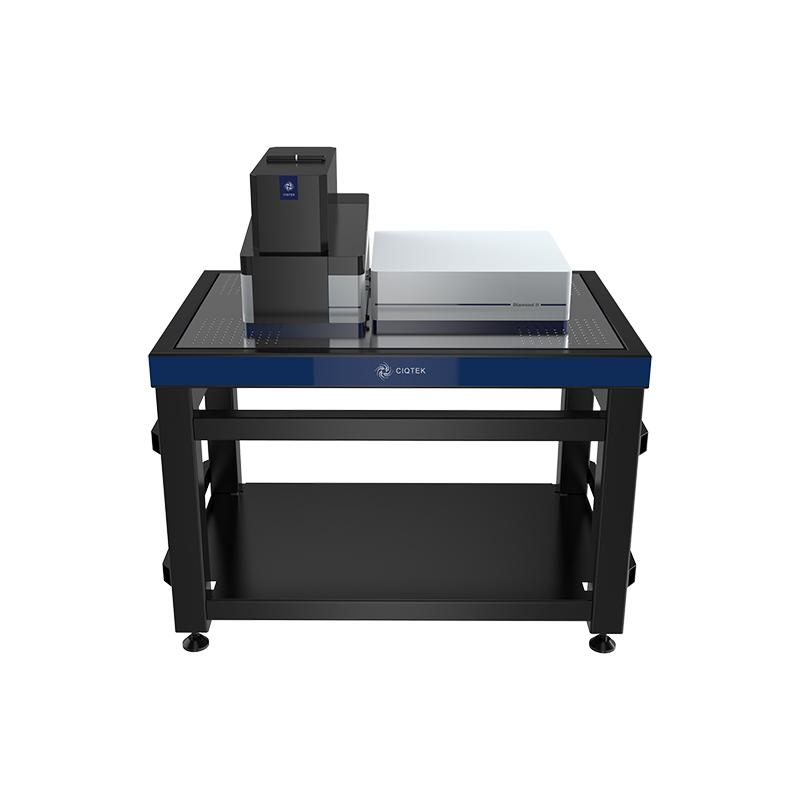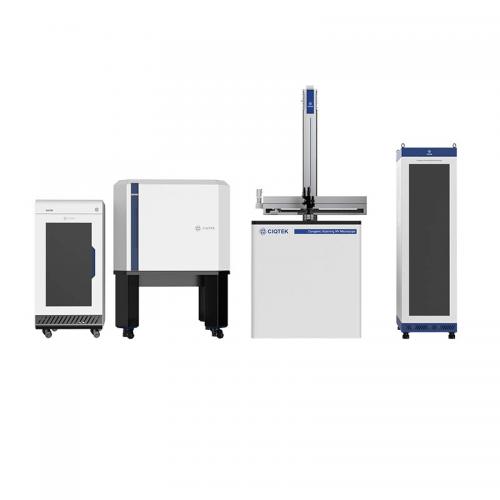High-quality diamond probe fabrication, including the growth of ultra-pure diamond, ion injection, and micro-nano processing process, mastering the core process of preparing coherence time and high-stability diamond sensors.
Ultra-high spatial resolution for precision measurement of the magnetic field, electric field, and temperature at the nanometer scale.
High-fidelity manipulation. With 50 picosecond time precision broadband high-power microwave modulation components to achieve low-noise, efficient, and fast coherent manipulation of spin.
Long unattended experiments can be conducted. Intelligent control software and signal acquisition system, including automatic experiment of color center, automatic calibration of the optical path, automatic adjustment of the magnetic field, etc.



Applications in Spectral Analysis and Structural Analysis
CIQTEK Optically Detected Magnetic Resonance Spectrometer (ODMR) can be applied to the analysis of the structure and function of biological macromolecules, single-molecule imaging, subcellular imaging, cell sorting, etc., and the measurement scale spans the order of nanometers to micrometers.
- Electron Paramagnetic Resonance (EPR) for Single Protein and Single Molecule
EPR (ESR) spectroscopy of individual protein molecules at ambient conditions was studied by analyzing the interaction between the NV center and external electron spins. The measurement of materials at the nanoscale or even at a single spin level can obtain information hidden by a statistical average of the ensemble, to understand the structure and properties of materials more fundamentally.

- Nanoscale Nuclear Magnetic Resonance
In the field of single molecular NMR, rapid progress has been made in recent years. In 2016, NMR spectra of individual proteins were obtained using this technique. With the development of technology, the resolution of the chemical shift has been dramatically improved. The resolution of 1 Hz (sample volume: picoliter) can be achieved, and NMR at a single-cell scale can be realized.

- Detection of Temperature, Magnetic Field, Action Potential in Living Cells
The application of NV center in diamond nanoparticles to track living cells in real-time can achieve nanoscale local temperature measurement, to monitor local temperature changes in active states such as cancer cells and feedback on their physiological conditions. The application of NV color centers to detect the action potentials of single neurons in worms has laid a foundation for the application of this technology in the field of neuroscience. The magnetic field imaging of magnetotactic bacteria is realized by applying the magnetic properties of NV centers.



































